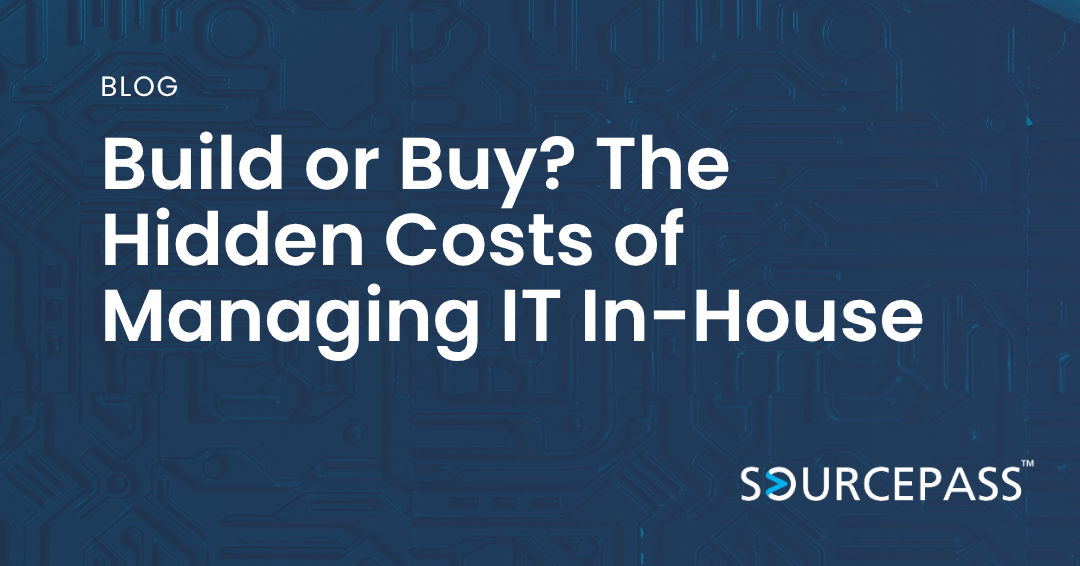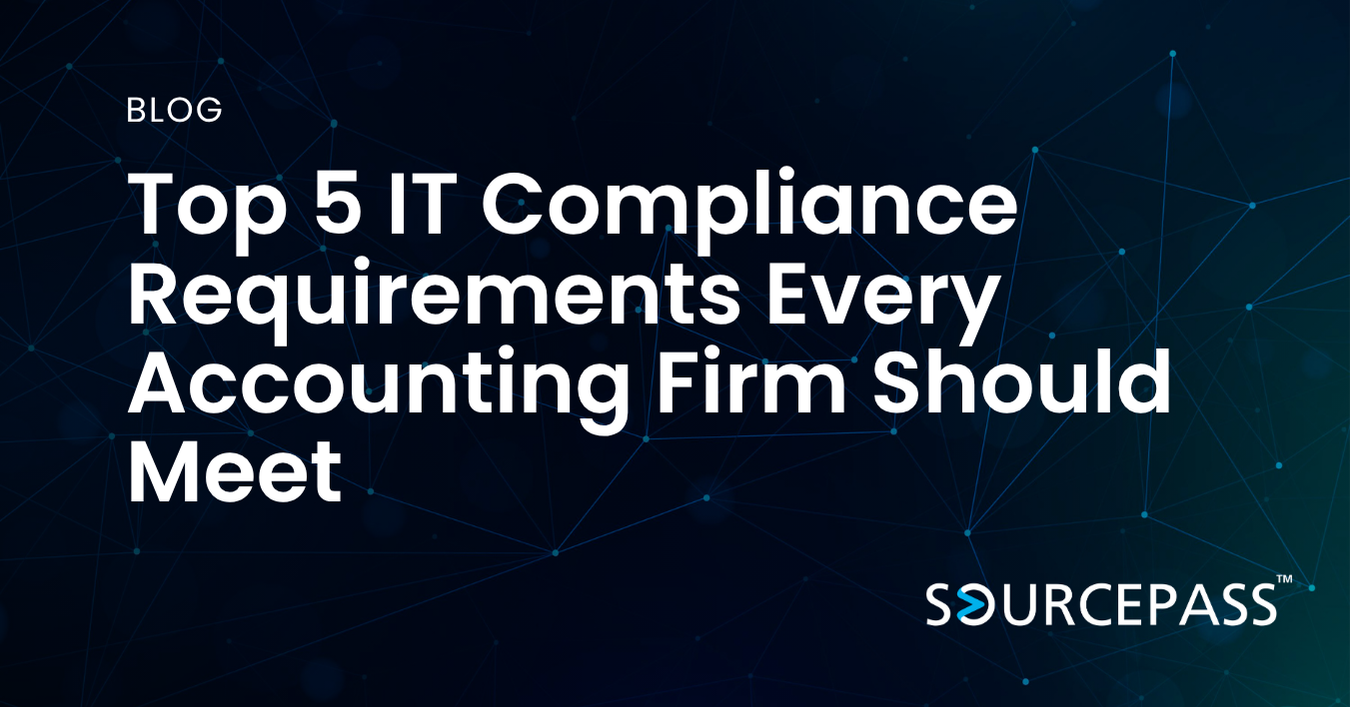Build or Buy? The Hidden Costs of Managing IT In-House
Jun 27, 2025 Alex Davis Strategy & Modernization | Costs & Budget 2 min read



When it comes to managing your company’s IT needs, many business leaders instinctively lean toward building an internal team. It feels like the safe choice—more control, closer alignment, and hands-on support. But for companies where IT is not a core business function, that approach often comes with hidden costs that can slow growth, increase risk, and drain resources.
This blog explores the real costs of maintaining internal IT and why partnering with a Managed Service Provider (MSP) often leads to better performance, scalability, and strategic outcomes.
Why IT Generalists Can’t Keep Up With Today’s Tech Complexity
Today’s IT environment is more complex than ever. Managing cybersecurity threats, compliance frameworks, remote endpoints, patching schedules, and evolving cloud platforms requires specialized knowledge and constant attention.
In many in-house setups, a single IT generalist (or small team) is responsible for everything—from resetting passwords to evaluating enterprise security tools. That creates serious limitations:
- Reactive workflows dominate, leaving no time for planning or optimization.
- Security gaps form when specialists aren't available to manage risks proactively.
- Stagnation sets in, with outdated solutions in place simply because “that’s what we’ve always used.”
Modern IT requires a bench of experts. MSPs provide access to professionals in cybersecurity, compliance, networking, and cloud—all without hiring a full internal department.
The Revolving Door: Retention Struggles in IT Roles
Hiring for IT roles is difficult. Keeping them is even harder.
- IT professionals are in high demand, especially those with certifications in security, cloud, and compliance.
- Burnout is common due to 24/7 demands and limited support.
- Turnover disrupts institutional knowledge, slows projects, and increases downtime risks.
And when your only IT employee resigns or goes on leave, you’re left scrambling. MSPs remove this single point of failure by offering team-based continuity, round-the-clock support, and proven onboarding and documentation practices.
Opportunity Cost: What Else Could Your Team Be Doing?
Beyond salary and tool costs, internal IT also carries an opportunity cost. When non-technical executives or operations staff spend time:
- Troubleshooting IT issues
- Coordinating vendors
- Managing licensing and patching
…it takes time away from strategic initiatives that drive business value. Every hour spent on technical firefighting is an hour not spent on growth, customer success, or innovation.
MSPs handle the tactical and operational layers of IT so your internal resources can stay focused on what they do best.
Why IT Enablement—Not IT Operations—Should Be the Goal
The goal of IT should not be “keeping the lights on.” It should be enabling business innovation, speed, and security.
That shift—from IT operations to IT enablement—is hard to make with a small, overstretched internal team. But it’s exactly what MSPs are designed to deliver:
- Strategic IT planning aligned with business goals
- Technology roadmaps for growth and transformation
- Continuous improvement in security, systems, and service delivery
You need more than just someone who can manage devices—you need a partner who helps your company use technology as a competitive advantage.
In-House IT vs. MSP: Cost, Risk, and Strategic Value Comparison
|
Category |
In-House IT |
MSP Model |
|
Talent & Expertise |
Limited to 1–2 generalists |
Team of specialists across domains |
|
Security Posture |
Basic tools, often reactive |
Enterprise-grade security + monitoring |
|
Support Availability |
Business hours only |
24/7/365 coverage |
|
Scalability |
Difficult without hiring |
Easily scales with business growth |
|
Turnover Risk |
High disruption from employee changes |
No single point of failure |
|
Strategic IT Planning |
Rarely happens |
Included as part of service delivery |
|
Cost Predictability |
Variable (salary, benefits, tools, etc.) |
Fixed monthly fee, fewer surprises |
|
Business Enablement |
Focused on maintenance |
Focused on innovation and enablement |
Final Thoughts
For most growing businesses, IT is essential—but not core. Trying to build and manage a high-performing IT function internally can pull attention away from your actual business goals while introducing unnecessary risk and cost.
Partnering with a trusted MSP gives you access to deeper expertise, stronger security, and a more strategic approach to technology—all without the hassle of staffing, turnover, or tool management.
Curious about what a managed IT partnership could look like for your business? Start with a free IT performance audit. We’ll show you where your current setup is costing more than it should—and how to shift from maintenance mode to growth enablement.
Subscribe To
Sourcepass Insights
Sourcepass Insights
Stay in the loop and never miss out on the latest updates by subscribing to our newsletter today!


